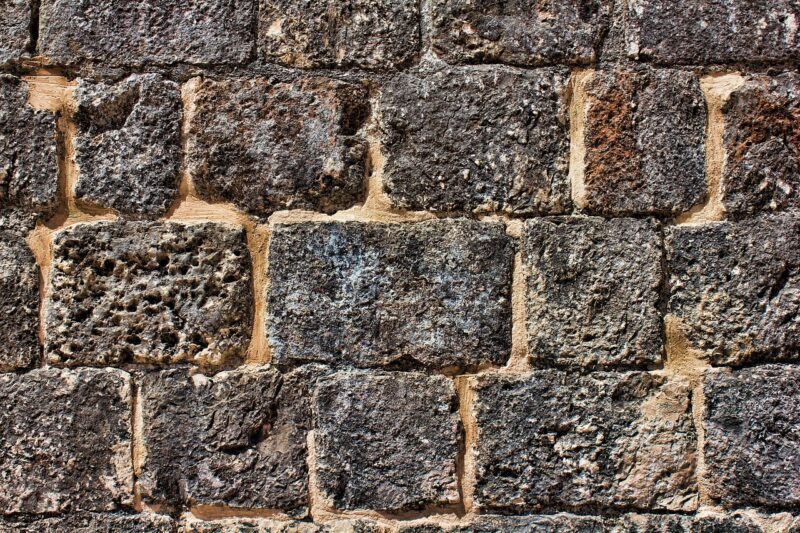
Across the globe, ancient walls stand as enigmatic giants, whispering stories of bygone eras while stirring curiosity in the minds of modern explorers. These colossal structures often stretch across miles of countryside—some built with precision and others, it seems, without any evident purpose. Today, we delve into the history, theories, and significance behind some of the world’s most mysterious ancient walls.
1. The Enigma of the Great Wall of China
The Great Wall of China, perhaps the most famous wall in the world, spans an impressive 13,171 miles and has puzzled historians for centuries. Initially constructed as a defense mechanism to protect against invasions of nomadic tribes from the north, parts of the wall also served as symbolic boundaries between different regions of China.
But not every section of the wall appears to have clear military significance. Some portions are remnant structures that twist and turn through the air, abruptly stopping mid-path. Scholars debate whether these sections were abandoned, never completed, or perhaps built for reasons beyond mere defense—perhaps as a means to control trade and migration, or simply as a testament to the power of emperors.
2. The Mysterious Walls of Aurelian in Rome
The Aurelian Walls in Rome, constructed in the 3rd century AD, were initially designed to protect the city from invasion. While they successfully enclosed a vast area, stretching approximately 12 miles, some parts of the structure lead to areas that do not seem to physically require fortification.
Walking along the walls, one can observe half-destroyed towers and uneven height discrepancies that raise questions regarding their original purpose. Were they merely a show of power from the Roman Empire, a demonstration of engineering prowess in a city that was already formidable? Or did they reflect the chaotic transitions in political power during a tumultuous period?
3. The Nazca Lines: Walls Without Borders
In Peru, the Nazca Lines, though not traditional walls, feature massive geoglyphs that appear to stretch for miles and intricately trace the landscape. Some researchers surmise these lines might lead to religious sites, yet many of them do not have any immediate identifiable purpose. *Were they part of a cosmic calendar as some have argued, or something else entirely?*
Interestingly, these figures can only be truly appreciated from above, challenging our understanding of the ancient people who created them and hinting at a greater, shared significance that eludes our understanding.
4. The Walls of Benin: A Legacy of Power and Mystery
The Benin Walls, which once surrounded the ancient city of Benin in Nigeria, were notable for their sheer size, once spanning approximately 16,000 kilometers. Built by the Edo people, these walls were primarily defensive, but their staggering length raises questions regarding their true purpose.
With no clear reason for such a massive scale relative to the population size of Benin at the time, speculation arises. Were they built more as a statement of strength, a deterrent against potential invaders, or perhaps as a marked boundary of a powerful kingdom? The erosion of the walls over time emphasizes the ephemeral nature of human defense against the encroachment of nature and time itself.
5. The Stone Walls of Kuelap in Peru
The ancient fortified city of Kuelap stands high in the Andes Mountains, draped in mystery. Its massive stone walls, reaching heights of over 20 meters, enclose an expansive site believed to have housed the Chachapoya culture.
Despite habitation, the true purpose of these walls remains uncertain. Were they defensive structures meant to keep marauders out, or did they serve a social function to delineate sacred spaces from everyday life? Many walls show signs of collapse and disrepair, perhaps hinting at natural disasters or human conflict that eventually led to their abandonment.
6. The Influence of Culture and Architecture
As we sift through these historical remnants, we must analyze the impact of culture, architecture, and the whims of humanity. These structures reflect the civilizations that built them—showcasing not only their need for defense but also their cultural ambitions and societal hierarchies.
The walls we see today might reflect a world much more complex than we can ascertain through the lens of current understanding. The absence of a clear purpose makes them fascinating artifacts in human history by reminding us that many aspects of life are not as straightforward as they seem.
Conclusion: The Mystery Stands Tall
The ancient walls dotted across various landscapes evoke awe, curiosity, and a profound sense of mystery. Each wall carries within the stories of those who built them, waiting to unveil their secrets to those willing to seek them. While their clear purposes may remain hidden in the sands of time, they serve as powerful reminders of humanity’s endless quest for expression, security, and identity etched upon the earth.
Whether it’s the massive expanse of the Great Wall of China, the towering remnants of the Aurelian Walls, or the mysterious yet magnificent structures of the Nazca Lines and beyond, the history intertwined with these ancient walls continues to inspire wonder and inquiry in modern society. Those standing in their shadows can’t help but ponder what life was like when they were built, forging connections with the past that resonate even today. So, the next time you encounter an ancient wall without purpose, remember: it might hold a story waiting to be told, or perhaps, a mystery waiting to unfold.







